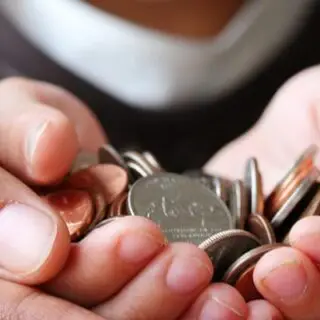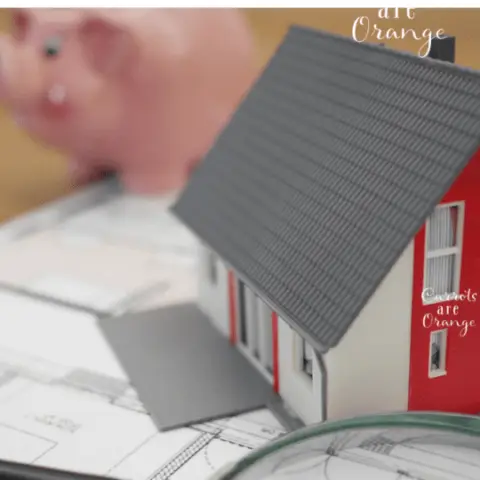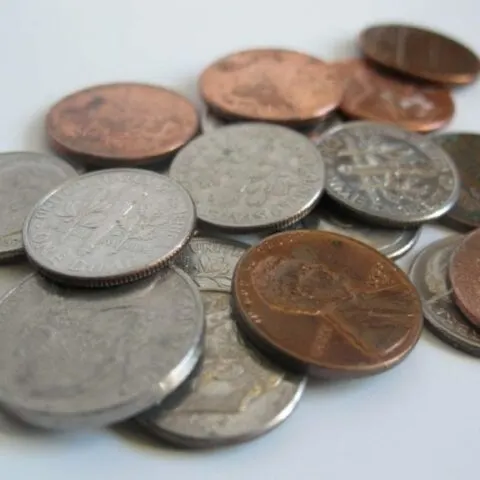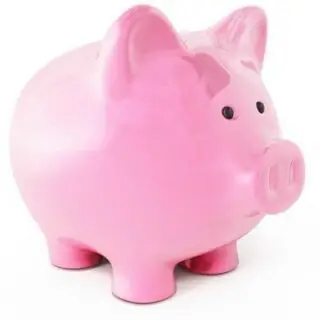Is this an age-old question? How do we teach kids the value of a dollar? These activities are a start to helping kids learn the value of money!
I love these simple activities to teach kids about the value of a dollar. You know my obsession with teaching kids about the importance of money and how to be financially responsible.
Save money? Believe it or not, this concept, the one of “saving,” has been tough for me to nail down with my five and 7-year-old. My sons don't have a set weekly allowance. They earn chore money based on projects rather than a list of chores.

We expect specific household contributions from them that are not directly compensated (but a roof over their heads and food on the table is a good deal, right?).
One-off, weekly projects like weeding out old plants, washing stairways, dusting floorboards, and so on have a price tag upon successful completion.
5 Ways to Help Your Child Learn the Value of Money
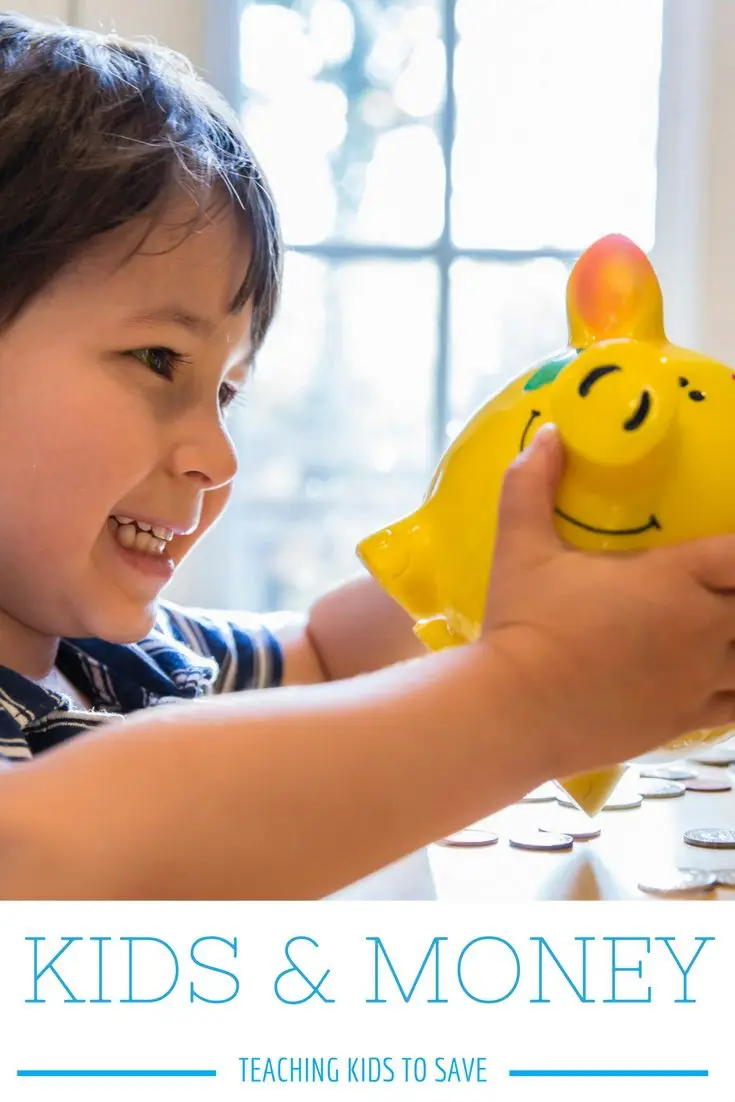
How to Teach a Child the Value of a Dollar
Are you trying to encourage your children to save money?
Do you want to teach them great money-saving habits, so they grow up with an appreciation and respect for saving money?
Teaching your children to save money will be an essential skill they will take with them for the rest of their lives. Saving doesn’t come naturally to many people.
I believe so much in this idea that I wrote a whole book about teaching kids money sense packed with ideas, resources, & activities for parents!

When you instill these positive habits at a young age, you’re helping to raise financially responsible individuals. The ways you can help your children save money will change as they grow older, but here are some essential tips to get you started. This learning begins early. It's never too soon or too late to start helping your children.
Practical Ways to Teach Kids the Value of a Dollar
#1 – Piggy Bank
Please give them a piggy bank. It’s a classic, but there’s a reason it works.
You can start with a piggy bank from the youngest age, and kids will find it fun to put coins inside and save up some money. You can even help them get started with some change from your car or purse.
Go with a classic piggy bank or this trendy piggy bank that includes options for saving, spending, and sharing.

#2 – Goal Chart
Make a savings goal chart. Are there specific things your child wants to save up for? It can be very motivating to create a savings goal chart and mark where you are as you progress.
You can mark the chart with a weekly allowance to see how close you are. Here is a free download I use as a tool to help my kids save for the desired item!
#3 – Match
Match their savings. Another technique to help encourage your child to save is to offer to match their contributions. Maybe he wants a new bike or a video game. You can match dollar for dollar, and you’re helping while also teaching an important lesson about saving.

#4 – Set A Good Example
Be a great example. This is one of the most important ways to help your children save money. You should set a good example of saving money and allow your child to see you putting good savings practices into action.
Talk to your children in age-appropriate ways about how you save for big-ticket items and the things you do to keep yourself encouraged along the way.
With these four ways to help your children save money, you're ready to start teaching the value of a dollar and the importance of putting some away for a rainy day. This can be one of the most important things you ever teach your children.
Teach Kids the Value of the Dollar with this Easy Activity
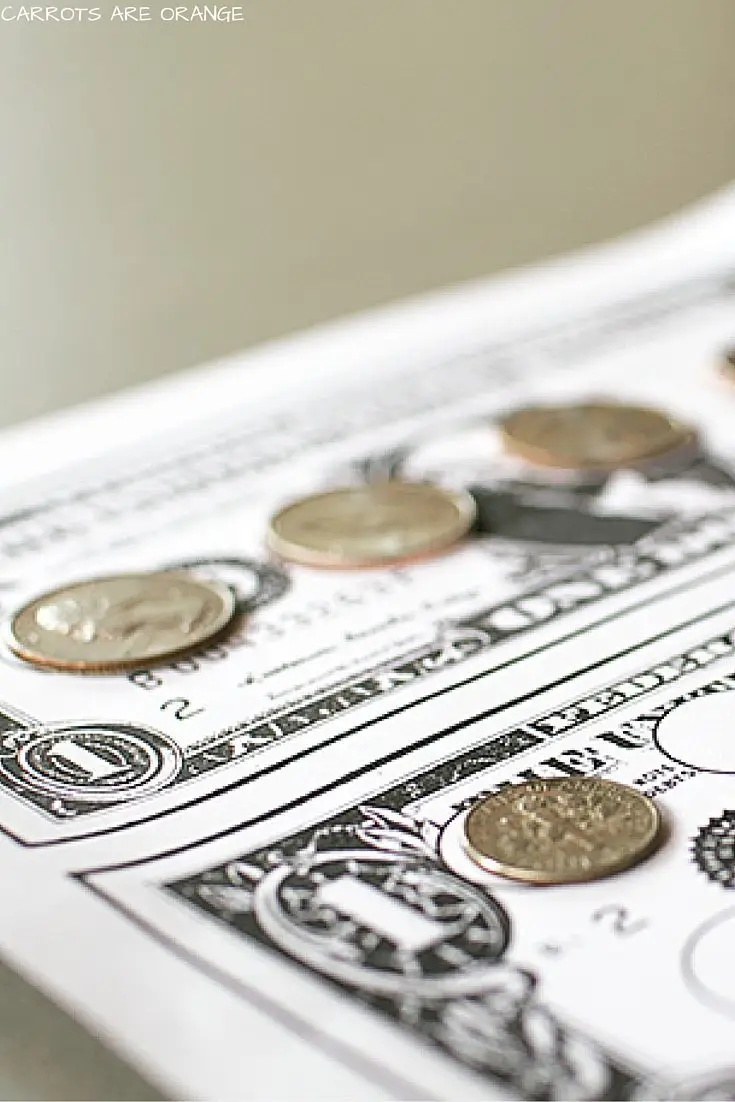
Learn the Value of Money with this Simple Activity
- Download & Print out this Value of a Dollar Activity sheet for FREE
- Gather enough quarters, dimes, and nickels to cover the three dollars. This is the child's control of error.
- Laminate the dollar cards if desired
- Present to child
- This activity is great because it is hands-on. It is tangible. The value of a dollar directly translates into how many quarters, dimes, or nickels are required to make a dollar.
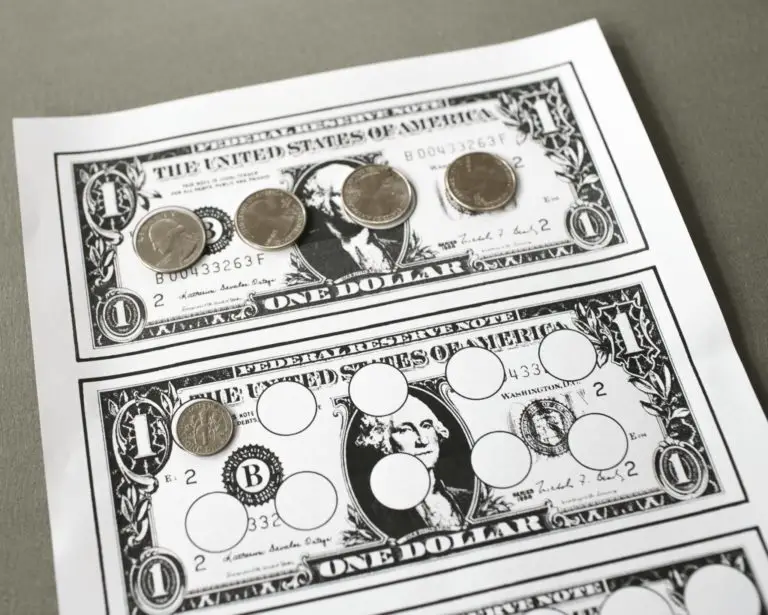
Teaching kids about money is not enough. We have to teach kids financial responsibility. That lesson does not happen overnight. Learning takes time for adults and kids.
We have to step back and think about the “why” and then consider the child's development. Kids are ripe for learning about money from an early age.
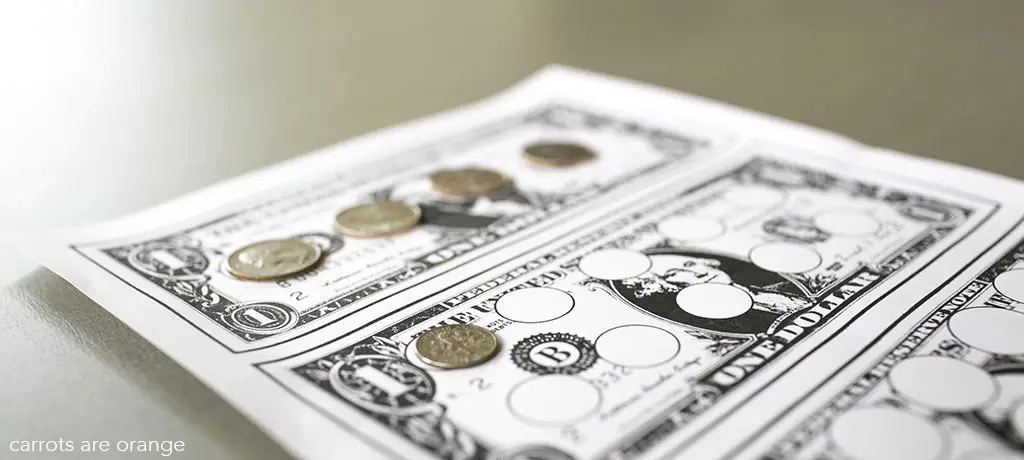
At 3 or 4, a child can comprehend having to wait to buy something. Later on, at 5 or 6, a child can understand having to make a trade-off, or a choice, when deciding to purchase an item.
As the child grows older, the learning opportunities are endless.
More Resources for Learning about Money
Additional Money Learning Resources
- Teaching kids about money with books
- How to establish an allowance system
- Parts of the Coin [FREE Printable for Subscribers]
- Needs versus Wants Activity
- The Secret to Teaching Kids the Value of Money
- Money Management for Kids – A Tip to Help Teach Saving
All the best,
Marnie


